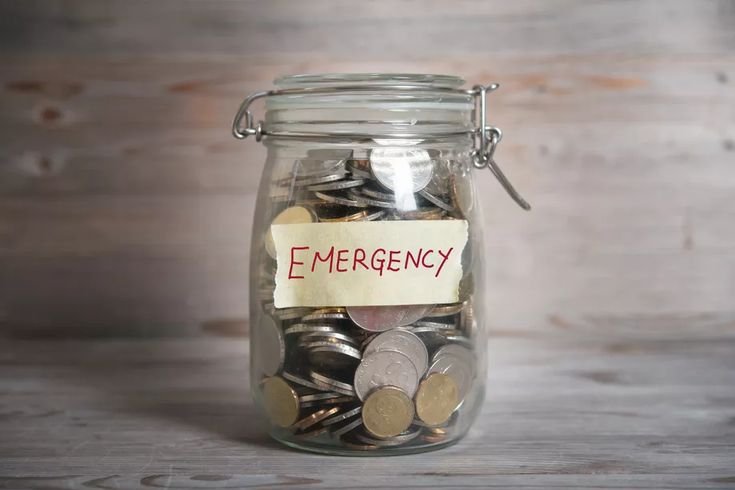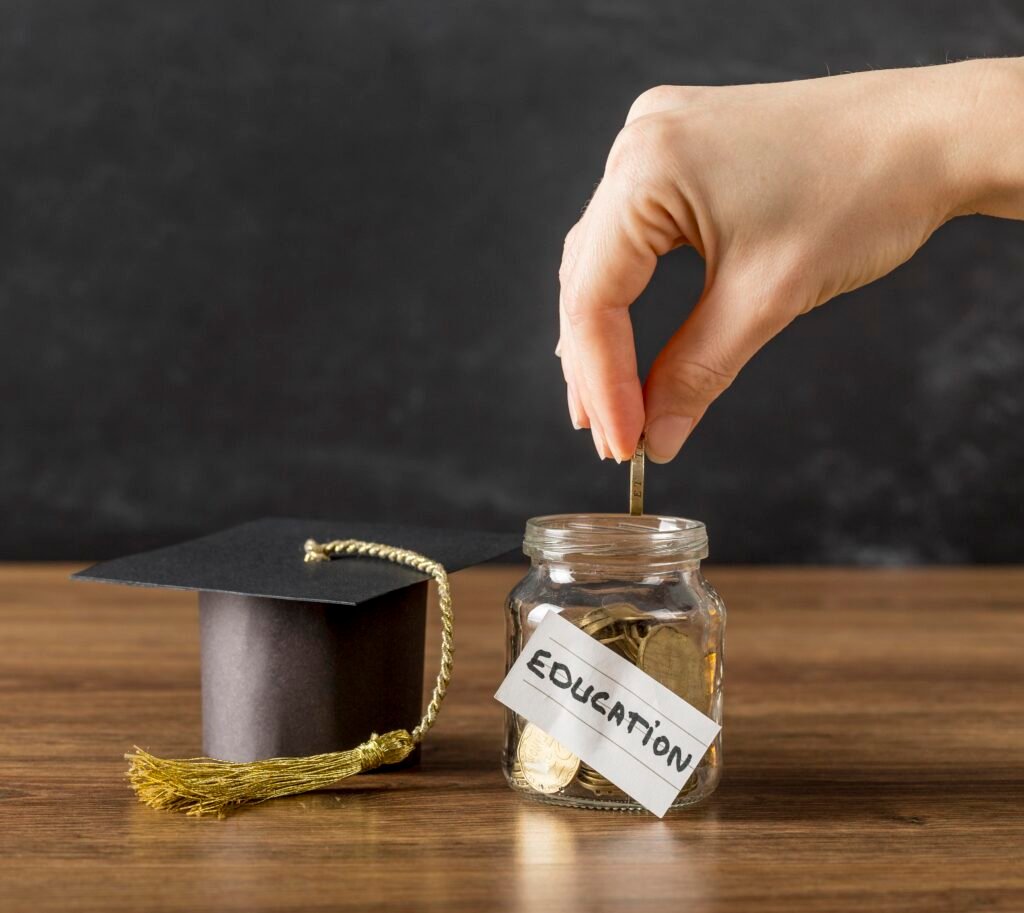
Why an Emergency Fund is Essential
Protection Against Unexpected Expenses
Anyone can have unpredicted and unexpected expenses. These unforeseen costs can strain your finances, from medical emergencies to car repairs. An emergency fund acts as a financial security, allowing you to handle these expenses without debt.
Financial Independence
Having an emergency fund empowers you to make decisions without financial pressure. Whether leaving a toxic job, taking a career break, or relocating, having savings gives you the freedom to act on your terms.
Reducing Financial Stress
Financial stress can significantly impact your health, whether mentally or physically. Knowing you have a financial cushion can eliminate anxiety, allowing you to focus on other aspects of your life.


Avoiding Debt
Without an emergency fund, unexpected expenses often lead to debt. Credit cards and personal loans have high interest, worsening your financial situation. An emergency fund helps you avoid falling into this debt trap.
How to Build a Robust Emergency Fund
Set a Savings Goal
The initial step in making an emergency fund is determining how much you need to save. A standard recommendation is to save three to six months of living expenses. This amount provides a sufficient cushion to cover most emergencies.
Assess Your Monthly Expenses
Calculate your essential monthly expenses, including housing, utilities, groceries, transportation, insurance, and debt payments. Multiply this amount by the months you want your emergency fund to cover. This will give you a clear savings target.

Create a Budget
A budget is a crucial tool in building an emergency fund. Track your income and expenses to identify areas where you can cut back. Redirect these savings toward your emergency fund. Utilize budgeting apps or spreadsheets to simplify the process.
Open a Dedicated Savings Account
Keep your emergency fund separate from your regular checking account. This separation reduces the temptation to dip into your savings for non-emergencies. Look for a high-yield savings account that offers competitive interest rates, allowing your money to grow.
Automate Your Savings
Set up automatic transfers from your checking account to your emergency fund. Automating your savings ensures consistency and helps you build your fund faster. Treat these transfers like any other non-negotiable bill.
Start Small and Build Gradually
If saving a significant amount seems daunting, start small. Even saving a few dollars each week can add up over time. As you become more comfortable saving, gradually increase the amount you set aside.
Reduce Non-Essential Expenses
Reduce un-essential expenses from your life. Consider dining out less, canceling unused subscriptions, or finding cheaper alternatives for entertainment. Redirect these savings into your emergency fund.

Increase Your Income
Look for opportunities to increase your income. This could be through a part-time job, freelance work, or selling unused items. Use any additional income to boost your emergency fund.
Replenish Your Fund After Use
If you need to use your emergency fund, prioritize replenishing it immediately. Treat it as a financial priority until it reaches your target amount again.
Stay Committed
The task of building an emergency fund requires the quality of discipline and commitment to do what u have promised to yourself about saving money, which ultimately results in your favor.
Additional Tips for Maintaining Your Emergency Fund


Avoid Using the Fund for Non-Emergencies
It’s essential to use your emergency fund only for genuine emergencies. Non-essential purchases or planned expenses should not deplete your savings. To avoid dipping into your emergency fund, build a separate savings account for another financial aim.
Periodically Review Your Fund
Life circumstances change, and so should your emergency fund. Periodically review your savings goal and adjust it based on changes in your expenses, income, or financial responsibilities. This ensures that your fund remains adequate.
Keep it Accessible but Not Too Accessible.
Your emergency fund must be easily accessible in times of need but not so easily that you’re tempted to use it for daily expenses. A high-yield savings account is a good choice because it offers liquidity while earning interest.
Educate Yourself Financially
Continue learning about personal finance to make informed decisions. Understanding financial concepts helps you manage your money better and stay committed to maintaining your emergency fund.


Build a Support System
Share your financial goals with trusted friends or family members who can offer support and encouragement. This will develop a sense of commitment in you every time, motivating you to reach your savings target.
The Peace of Mind an Emergency Fund Brings
Having a robust emergency fund brings unparalleled peace of mind. Knowing you have a financial safety net allows you to confidently navigate life’s uncertainties. This security extends to all aspects of your life, from career choices to personal well-being.

Conclusion
Building and maintaining an emergency fund is a basic step toward financial security. By setting a savings goal, creating a budget, and staying committed, you can establish a robust emergency fund that protects you against life’s unexpected challenges. Start today, and enjoy the peace of mind that comes with financial preparedness.
By following these steps and remaining disciplined, you can build an emergency fund that will provide you with the financial stability and peace of mind to handle whatever life throws your way.

Leave a Reply